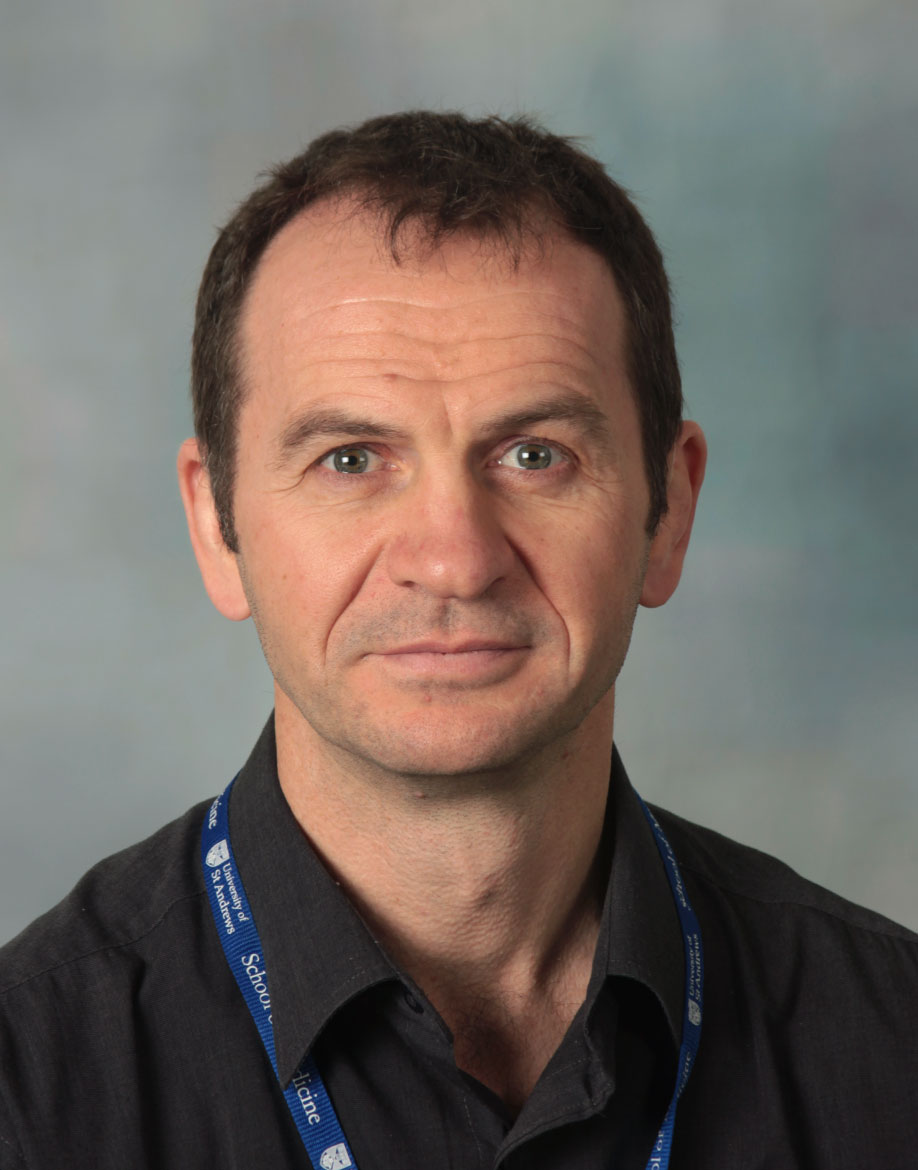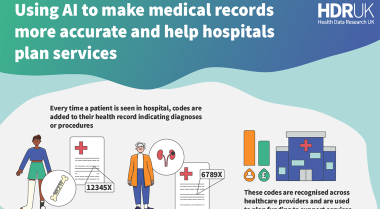
National Multimorbidity Resource
This project will work with researchers across the UK bringing together 6 different datasets which hold anonymised information on over 10 million people to explore multimorbidity in the UK at a scale never done before.

The health service is having to treat greater numbers of patients with more than one disease or condition, which we call multimorbidity. Multimorbidity has been measured in lots of different ways for different groups of people making it hard to know just how big a problem it is.
We will use data from 6 datasets to find out more about what diseases and conditions are found together, how they develop as people age and also which cause the most problems for people and the health service. This will allow researchers and health care workers to better plan how to deliver care to people with various types of multimorbidity.
The challenge
Accurate measurement of multimorbidity requires high quality tools applied in a robust and consistent fashion. However, most previous multimorbidity research has applied unclear and inconsistent definitions of individual morbidities and multimorbidity to different cross-sectional datasets. This has made it difficult to build knowledge about the scale of the multimorbidity challenge and how best to manage it.
These differences are often driven solely by the data that a researcher has available which drives the choice of what conditions to examine and how best to identify which patients have these before deciding how to count the individual conditions to get a measure of multimorbidity.
There is a need for guidance which starts at why we want to measure multimorbidity, considers which individual morbidities should be counted and how to do this across a number of different data sources before determining how best to combine this information. This model should be evaluated across multiple datasets and then used to examine what is the current level of multimorbidity across the UK, which morbidities commonly present together and how patterns of multimorbidity develop in patients.
The solution
Data from six different geographical regions across the four home nations will provide the underlying data on a combined population in excess of 10 million people for this methodological research programme. Staff at each site will harmonise the data and will develop robust, transparent methods for identifying the presence of disease based on the different available datasets alongside defining the accuracy of each method.
Parallel work will create a framework for conceptualising and defining multimorbidity measures for different purposes and use these datasets to allow measurement of individual morbidities and to create and promote a definitive standard for measuring multimorbidity.
Once the data have been harmonised at each site we will undertake analytical work using a distributed team at a network of analytics hubs to implement and extend relevant statistics and machine learning methods to examine the 1) current level of multimorbidity across the UK population and variation by demographic factors; 2) key clusters of multimorbidities in terms of burden; and 3) key trajectories of multimorbidity development and outcomes.
Patient and public involvement embedded within the study will ensure our conceptual framework has a perspective on what is important to patients and that the subsequent work is relevant, appropriate and acceptable, thus contributing to community validity.
Impact and outcomes
This work is of wide international interest because the conceptualisation and measurement of multimorbidity is a common concern and because analytical methods that can be applied in different datasets are sorely needed. The consistent measurement of multimorbidity and the analytical work into clusters and trajectories of disease will support more informed health service planning.
Our approach within this study will support HDR UK strategy by developing the ability to use data at scale across UK for research with a distributed team of health data scientists. The work will feed into other HDR UK activities, including the National Phenotype library.
The consolidated datasets and tools developed will be curated as a resource which will be made available to other research groups to support future work in multimorbidity. This approach will increase the robustness, transparency and reproducibility of research and should simplify and accelerate new insights.
Partners
HDR UK Scotland
HDR UK Wales and Northern Ireland
HDR UK Cambridge
HDR UK London
HDR UK Midlands
HDR UK Oxford
Contact
Colin McCowan, Professor of Health Data Science, University of St Andrews cm434@st-andrews.ac.uk



